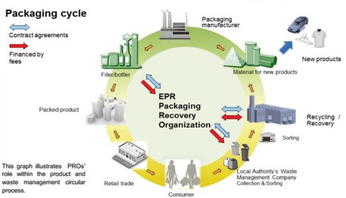Forced Air Convection Drying...What is State of the Art?
Presented by Dan Bemi, MEGTEC Systems
For more than a century, forced air, convection-style drying technology has been widely applied within the converting and printing industries. Like any mature technology, this method of drying and curing has undergone relatively few dramatic changes over the past ten to twenty years. Nevertheless, high-efficiency, convection air-dryers continue to be an effective and popular choice for a wide variety of coating and laminating process-drying requirements.
The goal of this paper is to briefly review the evolution of heated, forced air, convection drying technology as it relates to coating, laminating and printing processes and subsequently, to examine some of the more recent technology refinements that help define the current state of the art. For the sake of time and focus, the paper will cover only roll support and flotation style, forced air dryers (ignoring other convection style dryers that feature web support mechanisms
such as belts, conveyors, edge grips etc.). An emphasis will be placed on key equipment features and design improvements that have expanded the utility, the effectiveness, and the efficiency of forced air, convection roll support and flotation drying technology. Finally, recognizing the current industry-wide movement toward the processing of thinner substrates and coatings, at ever increasing line speeds, the author will highlight some of the technology capabilities and developments that relate specifically to web handling and process control
issues.
Any number of approaches could be used to organize the flow of this presentation and reduce the content to “bite-sized” bits of useful information. The author has elected to organize this paper around the four broad areas of interdependent technologies (i.e. air handling systems, web handling systems, heat sources, and control systems) that together comprise what one might call a ”typical” forced air, convection dryer. Aspects of dryer design that do not fall within these four groups will be addressed under the heading of “Miscellaneous Design Features.”
This post is for paying members only
SubscribeAlready have an account? Log in

